Looking to boost your rate of burn? Look to raw walnuts to supercharge your metabolism and reduce inflammation. Inflammation can stall weight loss and leave you on a never-ending plateau.
While scientists are still working to isolate exactly which components in walnuts cause which good things to happen in your body, they’ve already established that this single food can have powerful effects on your health — due perhaps in part to their content of rare phytonutrients like tellimagrandin and morin. Here are some of the highlights.
5 ways walnuts boost health:
1. Walnuts are amazingly anti-inflammatory. Thanks to their omega-3 content and high levels of gamma tocopherol, a relatively rare form of vitamin E. Those omega-3 fatty acids — and probably other parts of the walnut, too — also help nourish your memory and thought processes.
2. They’re great for your entire cardiovascular system. Walnuts are known to improve your cholesterol levels, lower your C-reactive protein levels (an indicator of possible heart disease), boost the health of your blood vessels, and can also have positive effects on your blood pressure.
3. Walnuts help conquer belly fat. Not only does adding a reasonable amount of walnuts to your diet not cause weight gain, they can actually help you lose that hard-to-target belly fat.
4. Maybe diabetes, too. Great news for those with diabetes or metabolic syndrome: Walnuts can reduce your fasting insulin levels in a fairly short time.
5. Walnuts slow and prevent some cancers. Talk about a boost for both men and women. Walnuts can slow or prevent some breast cancers, plus prostate cancer, renal cancer, and colon cancer too. They also improve the markers of general prostate health.
Let’s not forget the nutrition!
Walnuts are also packed with trace nutrients like copper and manganese, and the body-boosting minerals potassium, magnesium and calcium — although the actual mineral content varies quite a bit, depending on which walnut species you have.
Buying, storing and using walnuts:
You’ll find shelled walnuts in bulk bins or bagged on the shelf — but if you can get them whole and then shell them yourself (with a nutcracker), you have a better chance of getting more of the sometimes flaky, sometimes waxy inner skin, which contains the vast majority of the walnut’s health-enhancing phenols. Still, shelled or whole, walnuts are great for you.
As with all nuts, buy raw walnuts, which are quite easy to find.
If you’re buying whole walnuts, look for crack-free shells that feel heavy for their size. If you’re buying shelled walnuts, steer clear of anything that’s rubbery or wrinkled looking, or that bends instead of snapping cleanly if you try to break it.
Walnuts’ high healthy oil content means they actually can go bad, so do the sniff test before you buy; if they smell rancid, they’ll taste rancid too. Once you have your walnuts home, store them in the refrigerator for up to six months or the freezer for up to a year. Whole, unshelled walnuts can last for up to six months in a dry, cool pantry.
Yum! How to eat walnuts:
Walnuts are a great snack in their own right, especially during Phase 3 of the Fast Metabolism Diet. Or add chopped walnuts to oatmeal with berries and cinnamon, sprinkle them over a salad, or mix them into fruit salads. They’re especially great in fish dishes, with roasted beets, and in savory dishes like stuffing or wild rice.
There’s just one thing to watch out for with walnuts: They’re tree nuts, one of the most common food allergens out there. So if you think you might be sensitive or allergic to tree nuts, proceed with caution when it comes to walnuts — especially if you’re allergic to cashews or peanuts, which show some cross-reactivity with walnuts.
You might also want to give your doctor a heads-up about your walnut intake if you’re on medication for diabetes or if your blood glucose levels are being monitored since the walnuts can reduce your fasting insulin levels.










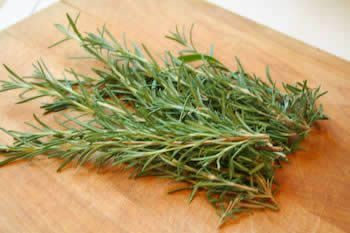
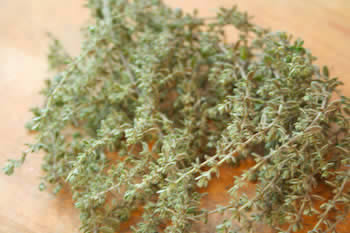
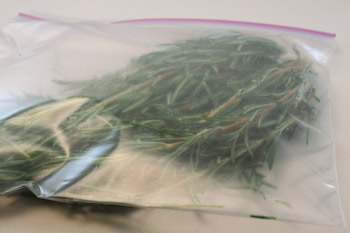
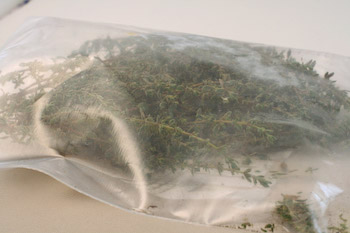
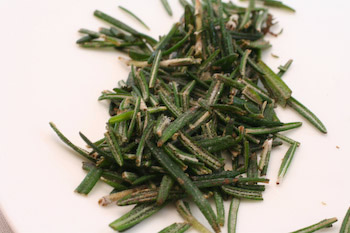
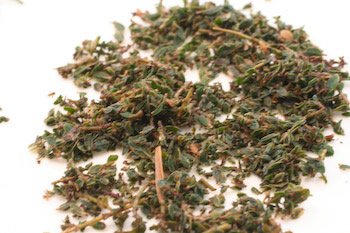







![How to Freeze Fresh Basil and Ideas for Using Frozen Basil [found on KalynsKitchen.com] How to Freeze Fresh Basil and Ideas for Using Frozen Basil [found on KalynsKitchen.com]](https://blogger.googleusercontent.com/img/b/R29vZ2xl/AVvXsEi51QRJFMVOWkQMYG63FREWXuRTK0_nkVQ0f8BCp6Q3wrIGo-7vVE1I1IHxCQ7mnMdO5AkJedzM8Zrwp5l4btjxfxwfLvbryGEiVFB8A0d4xfKMDIcJk8rlrA1O8VjkrIEF68ML-oPUppU/s1600/freezing-basil-top-kalynskitchen.jpg)
![How to Freeze Fresh Basil and Ideas for Using Frozen Basil [found on KalynsKitchen.com] How to Freeze Fresh Basil and Ideas for Using Frozen Basil [found on KalynsKitchen.com]](https://blogger.googleusercontent.com/img/b/R29vZ2xl/AVvXsEhXbgPn9IAvYuiQtKeyrn2b6Y1RAZ2bUC_SVV12Iy4e-G2Mu8S4klq5naFCTlVqQP7OnBTrkq3hYpn0lj4TzzHx_i_U9QZOXNsQDDcDsBBiSpjLFg6GWhIraqcdOm2R3OtEbrbriBqM-Do/s400/2-basil-400-kalynskitchen.jpg)
![How to Freeze Fresh Basil and Ideas for Using Frozen Basil [found on KalynsKitchen.com] How to Freeze Fresh Basil and Ideas for Using Frozen Basil [found on KalynsKitchen.com]](https://blogger.googleusercontent.com/img/b/R29vZ2xl/AVvXsEiRFb-zFOVpNJ7y21s7Nhyo2V_SxSLMopH2Ch62xbUyODCqO7hienbzvVbytFYeNEhFLoUD940r4tjNPwBv7tZpDEn4OZ8NL3qV6ay6tEbDzo5pWt4V4KM9-t39vk5ODmDgmUY3EXNaLNM/s400/basil-trimmed-kalynskitchen.jpg)
![How to Freeze Fresh Basil and Ideas for Using Frozen Basil [found on KalynsKitchen.com] How to Freeze Fresh Basil and Ideas for Using Frozen Basil [found on KalynsKitchen.com]](https://blogger.googleusercontent.com/img/b/R29vZ2xl/AVvXsEgBpRB29_To64k5zZgMjVQHPGWtw8zWCQITWMMoZomrAvNeF65ywWflM8xzb6RfI-vjPeqKdJxX8SdlaTYMa_l_uAPqlHvNnGfl0ntG_JshIADa00Fh7kP2mrT1Q0qUlDmQxFKKVJs8P4s/s400/washing-basil-kalynskitchen.jpg)
![How to Freeze Fresh Basil and Ideas for Using Frozen Basil [found on KalynsKitchen.com] How to Freeze Fresh Basil and Ideas for Using Frozen Basil [found on KalynsKitchen.com]](https://blogger.googleusercontent.com/img/b/R29vZ2xl/AVvXsEiGY_68bylZQRECe9seY7rDtoBrTOspY4jeLTLuMHetZIAba-TUWEChZ9D3eOBzb5Lv7VhrP07FWlD8AqsMKhlTak3smfd55xm53lCfctaiDIVDqs7jtIKuWWal1nxwrV0lhG4FSv4vEbA/s400/basil-in-food-processor-kalynskitchen.jpg)
![How to Freeze Fresh Basil and Ideas for Using Frozen Basil [found on KalynsKitchen.com] How to Freeze Fresh Basil and Ideas for Using Frozen Basil [found on KalynsKitchen.com]](https://blogger.googleusercontent.com/img/b/R29vZ2xl/AVvXsEjVvlQlYD7qIYR6oF9PB-pWd2sg9B2MRDUu4XfxT7GWTZwx7xTlRH1GfsW9idjdnjMM-nFIHrwCpu-30gISvvQA-6pt89Gq-Gv46n1bWKkL_xb9lJp03CzHJi5_QmFrnOUQAm-1w73gKo8/s400/chopped-basil-kalynskitchen.jpg)
![How to Freeze Fresh Basil and Ideas for Using Frozen Basil [found on KalynsKitchen.com] How to Freeze Fresh Basil and Ideas for Using Frozen Basil [found on KalynsKitchen.com]](https://blogger.googleusercontent.com/img/b/R29vZ2xl/AVvXsEii-Ij1za37L2VX0GbtxKa40Df-gqNtNkQ8GpmmX6wemsJUyJIdaooQsvNHkgszZvledxNhwvugWDwaS_6IWc6KDgEyUDUH3G-t9zeECuGjfZ2lCyaJLDXyxxhusrKOCN6c6zVc26Zlsms/s400/chopped-basil-in-containers-kalynskitchen.jpg)




